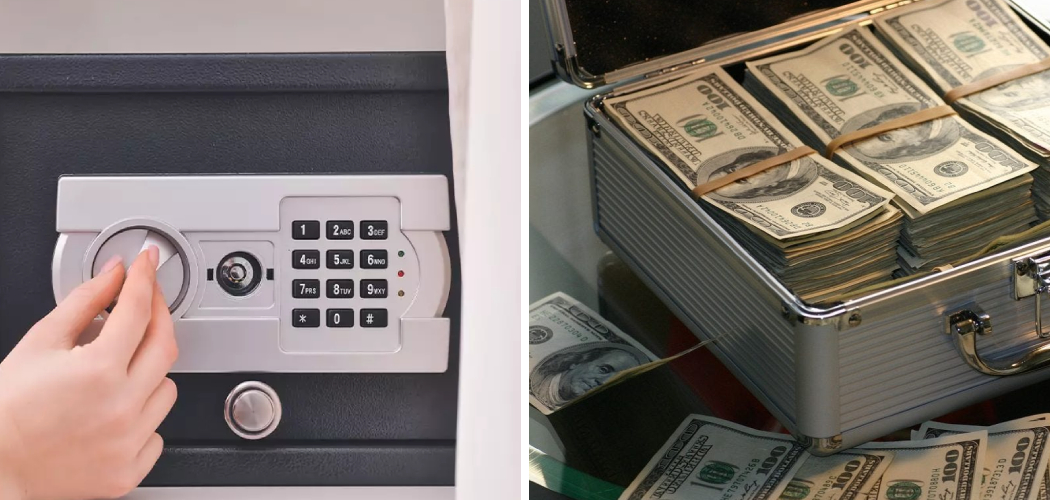molding in a safe is crucial. Mold and moisture damage can render paper currency and coins unusable, resulting in significant financial loss. This article delves into effective methods to protect your money from deteriorating due to mold growth.
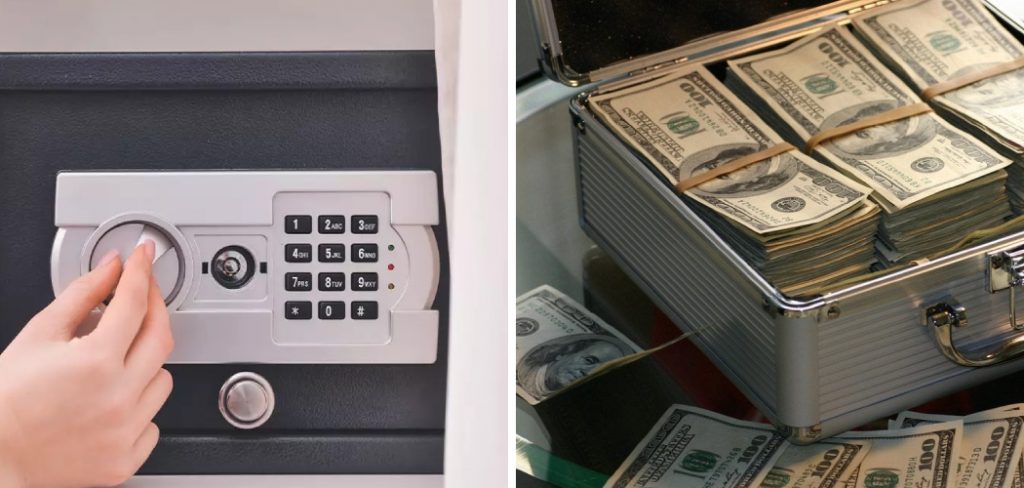
We will discuss identifying sources of moisture and their effects on currency, as well as preventative strategies to control humidity levels within a safe. Additionally, we will cover proper storage techniques and maintenance routines to ensure your money remains dry and preserved.
By following these detailed guidelines, you can maintain a secure and mold-free environment for your valuable assets. Ultimately, understanding how to keep money from molding in a safe not only preserves its monetary value but also ensures peace of mind.
Understanding the Causes of Mold
Moisture Sources
Identifying sources of moisture inside a safe is the first step in preventing mold growth. Common sources include humidity and condensation. When a safe is located in a humid environment, moisture can seep in through small openings or gaps, creating a moist atmosphere inside.
Condensation can also occur when there are significant temperature fluctuations, leading to water droplets forming on the interior surfaces of the safe. Prolonged exposure to such moisture can deteriorate paper currency by causing it to become damp, creating an ideal breeding ground for mold, and impairing its integrity over time.
Impact on Money
The consequences of mold growth on money are severe. Mold can permanently damage paper currency by staining it, weakening its fibers, and rendering it brittle and unusable. Coins, although more resistant to mold, are not immune; mold growth can result in tarnishing and corrosion that diminishes their appearance and value.
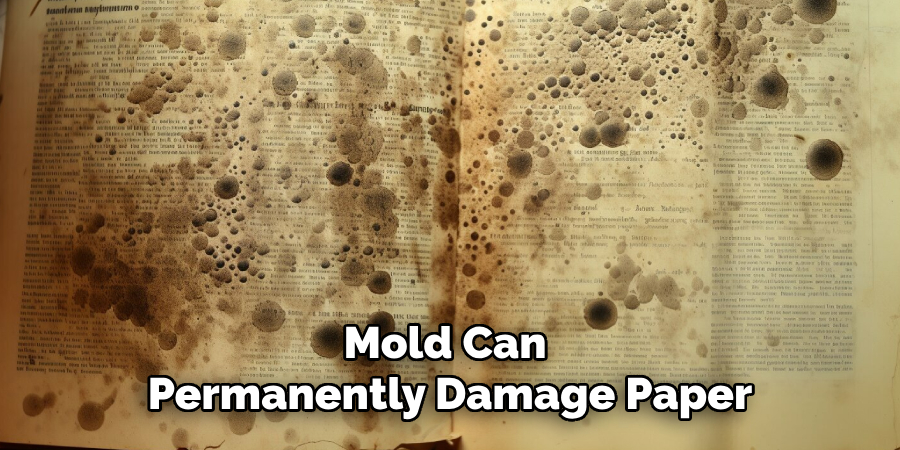
Moldy money not only loses its aesthetic and physical quality but also its monetary value, posing a significant financial risk. The presence of mold can lead to irreversible damage, making it crucial to control moisture and maintain a clean, dry environment within your safe.
How to Keep Money from Molding in A Safe: Methods to Prevent Mold in a Safe
1.Choosing the Right Safe
Selecting the appropriate safe is a crucial step in preventing mold and moisture damage to your money. Look for safes with moisture-resistant properties, such as sealed construction, which helps prevent moisture from penetrating the interior. Some safes come with built-in moisture-absorbing materials like silica gel, designed to absorb excess humidity and maintain a dry environment.
Additionally, consider fire- and waterproof safes, as these provide added protection against extreme conditions that could introduce moisture into the safe. Fireproof safes often have higher insulation, offering better control over internal humidity levels.
Moreover, waterproof safes are designed to keep out water, ensuring that the contents remain dry even in the event of flooding or water exposure. By choosing a safe with these moisture-resistant features, you lay the foundation for effective long-term protection of your valuable assets.
2.Controlling Humidity Levels
Maintaining low humidity levels inside the safe is essential for preventing mold growth. One effective way to control humidity is by using desiccants or moisture-absorbing packets, which can trap and hold excess moisture. Products such as silica gel packs or activated charcoal bags work well in absorbing unwanted humidity.
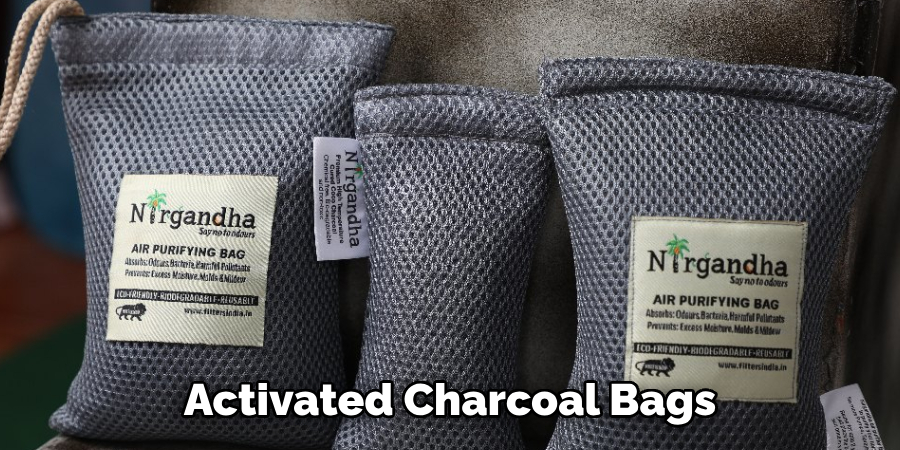
For larger safes or areas with high humidity, consider installing a small dehumidifier specifically designed for safe interiors. These devices actively remove moisture from the air, helping to maintain an optimal environment. Monitoring and replacing desiccants or recharging the dehumidifier regularly is important to ensure their effectiveness.
In addition, silica gel packs often come with indicators that change color when they need replacement, making it easy to maintain control over humidity levels. By systematically reducing moisture content in your safe, you create an inhospitable environment for mold growth, ensuring your currency remains intact and undamaged.
3.Proper Storage Techniques
How you store your money inside the safe plays a vital role in preventing mold. Using airtight containers or zip-lock bags is one of the most effective methods to shield currency from moisture. These containers provide a barrier that prevents humidity from reaching the money.
Additionally, organizing the currency to allow for air circulation can help prevent stagnant, damp conditions that promote mold growth. Avoid stacking bundles of money too tightly, as this restricts airflow and can cause moisture to become trapped. Arrange the money in a manner that permits air to move freely around each bundle. For added protection, you can also insert moisture-absorbing packets inside the containers or bags.
By combining airtight storage solutions with thoughtful organization, you significantly reduce the risk of mold and ensure that your money remains pristine despite fluctuating external conditions.
4.Regular Maintenance
Routine maintenance is critical for keeping your safe and its contents free from mold. Regularly checking and replacing desiccants or silica gel packs ensures they remain effective at absorbing moisture. Most desiccants have color indicators alerting when they need to be replaced or reactivated.
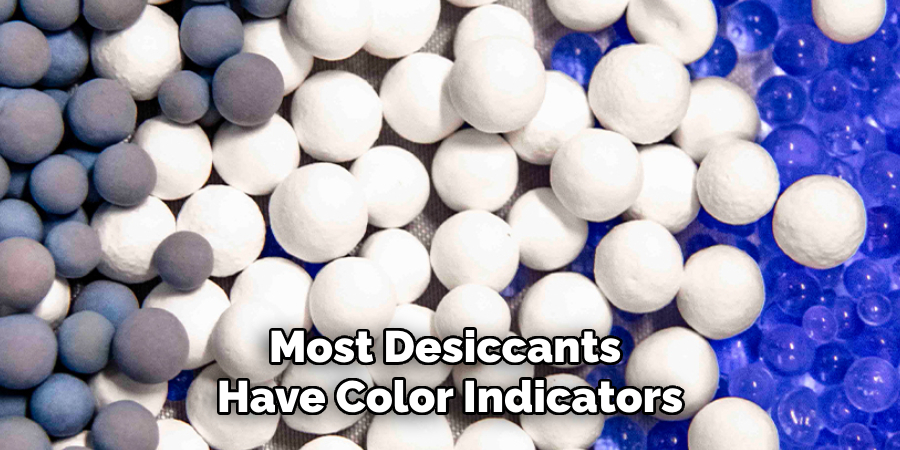
Additionally, it’s wise to inspect the interior of your safe periodically for any signs of moisture buildup or mold growth. Look for damp spots, discoloration, or musty odors, which can be early indicators of a developing problem. If you do find moisture or mold, address it immediately by drying out the affected areas and replacing the moisture-absorbing products.
Furthermore, consider airing out the safe occasionally by leaving it open briefly, allowing any trapped humidity to escape. Consistent maintenance routines not only extend the life of the moisture-prevention measures but also ensure the long-term protection of your stored money.
Additional Tips for Safe Maintenance
Ensuring that your safe remains an effective barrier against mold and moisture involves several additional maintenance tips. One critical aspect is to routinely assess and adjust the environment where your safe is positioned. If possible, place the safe in a location with a stable, moderate temperature and humidity to reduce the likelihood of moisture buildup.
Avoid areas prone to flooding or excessive dampness, such as basements, if they are not climate-controlled. Another tip is to periodically inspect any seals or gaskets on your safe; over time, these can degrade, compromising the safe’s moisture resistance. Replace worn-out seals promptly to maintain optimal protection. Moreover, investing in a safe lining material, such as felt or foam, which can absorb minor moisture while protecting contents, is beneficial.
Consider professional maintenance services for higher-end safes for thorough inspections and essential upkeep. These additional measures further reinforce your safe’s ability to protect valuable assets from mold and moisture damage.
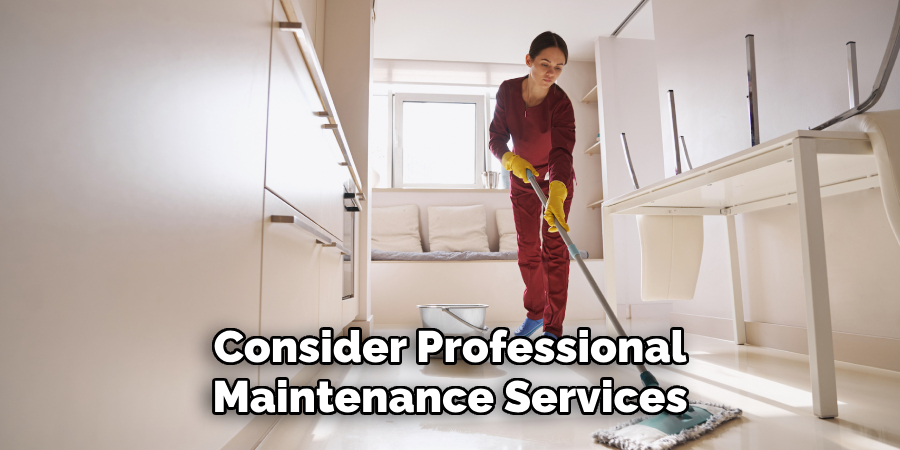
Monitoring Temperature and Humidity
Monitoring your safe’s temperature and humidity levels is paramount to maintaining its protective capabilities. Using a hygrometer—a device that measures humidity—lets you keep track of moisture levels inside the safe.
Regularly check the hygrometer and adjust your storage conditions as necessary. During changes in seasons, humidity levels can fluctuate significantly; therefore, it is essential to be vigilant and make adjustments, such as adding more desiccants or using a dehumidifier when needed.
Continual monitoring allows you to take proactive steps to address any rises in humidity, ensuring that the environment inside the safe remains dry and inhospitable to mold growth.
Cleaning and Ventilation
Periodic cleaning and ventilation are vital to preventing mold and maintaining a dry interior environment within your safe. Use a dry cloth to clean the interior surfaces of the safe, removing any dust and moisture that might accumulate over time.
Additionally, consider airing out the safe contents occasionally by leaving the safe open briefly in a dry, low-humidity location. This temporary ventilation allows any trapped moisture to escape, reducing the overall humidity level inside the safe.
Regular cleaning and ventilation practices assist in keeping the environment consistent, dry, and free from mold, thereby safeguarding your valuable assets effectively.
Long-Term Strategies
Implementing a robust set of long-term strategies is essential for protecting your money from mold throughout the year. One key approach is maintaining a consistent schedule for checking and replacing moisture-absorbing products like silica gel packs or desiccants.
Create reminders or set periodic dates to monitor and replace these items as needed. Additionally, placing your safe in a controlled environment, such as a room with regulated temperature and humidity, is crucial. Avoid areas with significant fluctuations, such as attics or basements, unless they are climate-controlled. Educating safe owners on the importance of regular maintenance and monitoring cannot be overstated.
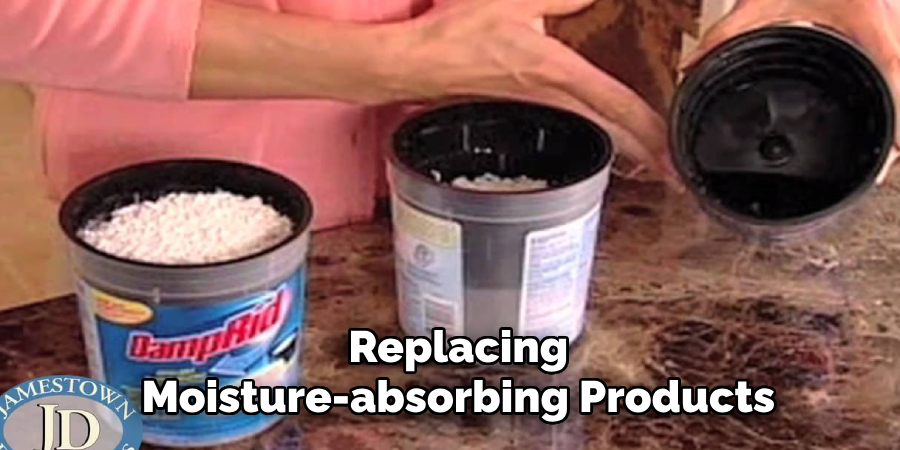
Familiarize yourself with telltale signs of moisture and mold, and promptly act when detected. Moreover, investing in a reliable hygrometer can provide real-time updates on the interior conditions of your safe, allowing for proactive adjustments. By adopting these long-term strategies, you fortify your defense against mold and ensure a secure environment for your valuable assets.
Conclusion
In summary, understanding how to keep money from molding in a safe involves several key methods and strategies. Proper storage techniques, such as using airtight containers and moisture-absorbing products, are fundamental. Regular maintenance, including inspecting and replacing desiccants and silica gel packs, ensures the effectiveness of moisture prevention.
Monitoring temperature and humidity levels with a hygrometer helps maintain a controlled environment, while periodic cleaning and ventilation further reduce moisture buildup. Placing your safe in an area with stable, low humidity and temperature conditions is also crucial.
By consistently applying these practices and being proactive in maintenance, you can effectively safeguard your valuable assets against mold damage. Remember, a little effort in prevention goes a long way in protecting your money and valuables for the long term.

